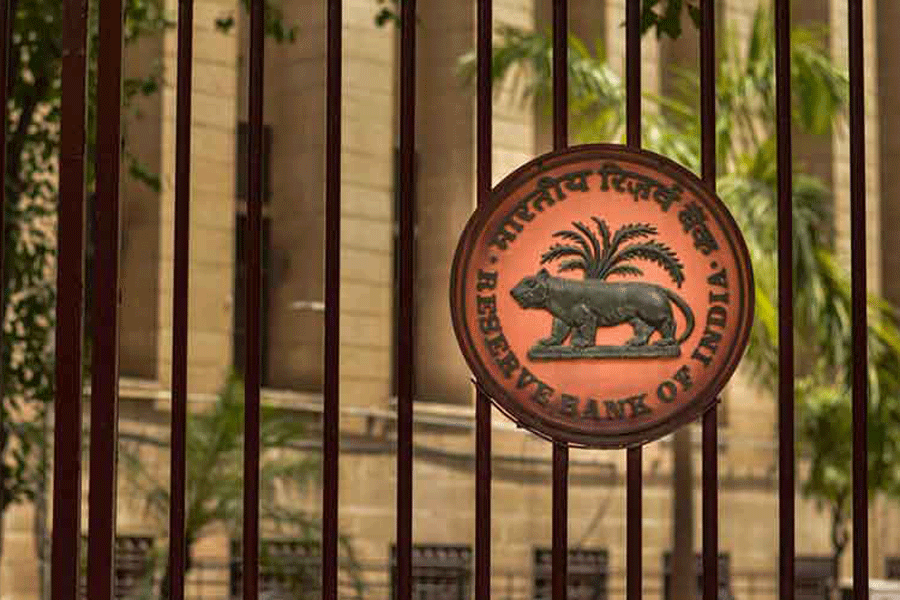The Reserve Bank of India (RBI) on Friday said it will release the liquidity impounded from the banking system in the form of incremental cash reserve ratio (ICRR) in three phases.
While 25 per cent of ICRR impounded from banks will be released on Saturday, another 25 per cent will be released on September 23 and the remaining 50 per cent on October 7.
ICRR had sucked out Rs 1 lakh crore from the banking system.
Worried over excess liquidity from the return of Rs 2,000 notes to banks, the RBI on August 10 said banks should maintain ICRR of 10 per cent on the increase in their net demand and time liabilities (NDTL) between May 19 and July 28, 2023.
The move surprised bankers: they were divided on whether there would be complete withdrawal or ICRR would stay given high inflation.
Only a few among them were expecting a phased withdrawal.
“On a review, it has been decided to discontinue ICRR in a phased manner,” the RBI said. The central bank took the decision on the basis of its assessment of current and evolving liquidity conditions. It wanted to ensure system liquidity was not subjected to sudden shocks.
Bankers and economists said the decision was a timely one considering the upcoming festivals even as system liquidity will tighten in the coming days because of advance tax payments from September 15 and GST outflows from September 20.
“The discontinuance of ICRR in a phased manner shows the RBI is not behind the curve. Now that surplus liquidity has dissipated and the festival October-December season is approaching, this kind of course correction is welcome and contextually significant.
“This assumes greater significance in the light of the fact that historically, the liquidity gets squeezed in the October-December season,’’ Manoranjan Sharma, chief economist at Infomerics Ratings, said.
A note from CareEdge said surplus liquidity shrank in August following the RBI’s variable rate reverse repo auctions worth over Rs 56,000 crore and GST outflows.
Moreover, its likely intervention through dollar selling to defend the rupee’s weakness contributed to the tightening of rupee liquidity conditions.
“Going ahead, liquidity could remain in surplus on account of healthy government spending and redemption of Rs 2.8 lakh crore worth of government securities in the second half of 2023-24,” CareEdge said.
“Given ongoing inflation concerns, the RBI would prefer to maintain just enough liquidity to meet credit demand ahead of the upcoming festive period. As a result, the central bank decided to discontinue the temporary measure, but in a phased manner.’’











